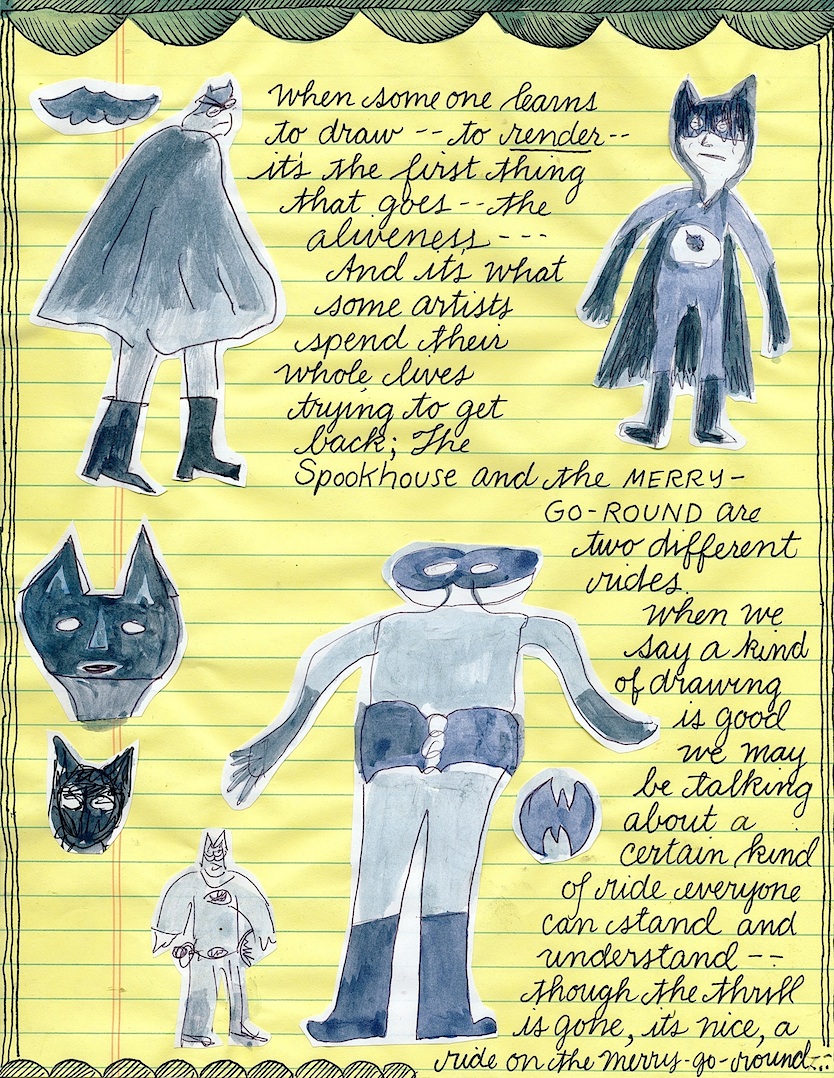Leonard Nimoy’s death yesteday at the age of 83 is an enormous loss to fans across the world who loved and respected the actor. Nimoy may have never transcended his Star Trek character Spock, though he tried, but he seemed to have made his peace with that, signing his many wise tweets in the last few months of his life with the acronym “LLAP,” or “live long and prosper,” the Vulcan farewell. The actor and his most famous character were very familiar to even non-fans of the show; Spock has come to represent an archetype of the dispassionate and rational, and Nimoy eventually immersed himself in the Star Trek universe, penning Star Trek novels and continuing to star in the franchise’s many films (and in good natured car ads with his replacement). He was an ambassador for science fiction, and an ambassador for science fact, as a major donor to NASA and narrator of several films about astronomy.
Nimoy also had several other non- Trek endeavors of note, including his work as a photographer and narrator of audiobooks about, for example, whales. And while Spock fans watched the actor inhabit the half-Vulcan, half-human character’s existential struggles with his identity, Nimoy the actor had his own distinctive background as the son of Ukrainian Jewish immigrants. His parents escaped the town of Zaslav in what was then Soviet Russia and emigrated to Boston’s West End, a neighborhood roughly 60 percent Italian and 25–30 percent Jewish. It was a place—Nimoy says in the engaging 10 minute excerpt above from an interview with Christa Whitney—where the Italians spoke Yiddish and the Jews spoke Italian (Nimoy speaks some Yiddish, some famous lines from Hamlet!, above).
Nimoy remembers his personal history, his parents’ bemusement with Spock, and his own identification with the famous character: “Spock is an alien wherever he is,” says Nimoy, “not totally at home in the Vulcan culture… not totally at home in the human culture. And that alienation is something that I had learned in Boston… so I understood that aspect of the character.” The interview was taped in October of 2013 as part of the Yiddish Book Center’s Wexler Oral History Project. As we grieve the loss of Nimoy-as-Spock, it’s a fitting way to get to know much more about the man himself. Hear much more of Nimoy’s Yiddish and much more about his life in the full, two-hour interview below. You can find basic Yiddish lessons in our collection, Learn 45+ Languages Online for Free: Spanish, Chinese, English & More.
Related Content:
Leonard Nimoy Narrates Short Film About NASA’s Dawn: A Voyage to the Origins of the Solar System















